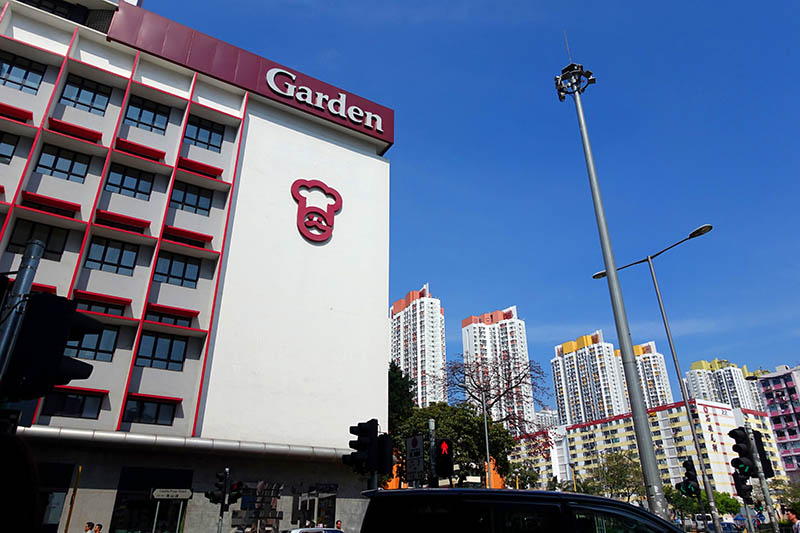Mr Douglas So, JP
Chairman, Antiquities Advisory Board
18 December 2020
Further to the letter “Walk in Hong Kong makes three heritage protection calls ahead of AAB’s brainstorming session on post-1950 buildings assessment” that we sent to the Antiquities Advisory Board on 9 December 2020, we would like to add several suggestions for the post-1950 buildings assessment exercise. We hope our ideas will be useful for the AAB’s brainstorming session on the subject.
- Start with a “Buildings At Risk” list and other priority lists
We appreciate that conducting a post-1950 buildings survey is a major project because of the large number of buildings and the timespan involved. However, given that the protection of heritage architecture is often a race against time, a fast, decisive and relevant start is vital.
We suggest that the AAB can prioritise a list of endangered buildings from 1950-1980 for assessment and grading to increase their chances of protection. These will be buildings at risk of demolition or significant structural change.
The AAB can also consider focusing on other priority lists of buildings to enable a fast – and necessary – early start to the post-1950 buildings survey.
Priority lists organised by building types and geographical areas can also be developed.
For instance, the AAB can start by focusing on particular building types, and the approach should reflect and embrace the diversity of modern architecture. Landscaped gardens and parks, often sites of rich social-cultural memories and interesting public space designs, can be a good candidate for a priority list.
Another way to frame a priority list is to focus on particular neighbourhoods/districts where there is a concentration of buildings that are characteristic of the post-war era, e.g. Shek Kip Mei and Sham Shui Po. - Add new elements to historic building assessment criteria
In devising a set of assessment criteria specifically for post-1950 buildings, we believe the AAB can build on the current six criteria by introducing new elements and giving the different factors the right weighting.
New criteria that can be introduced include design innovation, experimental techniques, urban design, performance design, structural innovation, and relationship to modern international thought.
A very useful reference could be the list of Hong Kong Institute of Architects (HKIA) award winners. These professionally recognised buildings should score well on design or structural innovation. A top example here is the AIA building in Wan Chai. Winner of the top HKIA award in 1969, the engineering feat was demolished last year.
In relation, the Built Heritage Conservation Fund should also have a role to play by inviting and facilitating academic research that will be required in drawing up a set of fit-for-purpose assessment criteria for modern architecture. In a 2013 study, Mapping Modern Architecture in Hong Kong, Docomomo Hong Kong highlighted four key ideas in modern architectural design and theory, namely, efficiency, health, technological rationalism and mobility. More local studies of this type should be explored. - Increase public and experts’ participation
For any survey of post-war historic buildings to be strong, credible and meaningful, the identification process has to involve the public as well as government staff and external experts.
As the Development Bureau’s Consultancy Study on the Heritage Conservation Regimes in Other Jurisdictions in 2014 notes, in countries such as Japan, Australia and the United Kingdom, the public is encouraged to nominate sites for consideration, which also helps foster a sense of belonging. There should be the same kind of public participation in Hong Kong.
Equally, peer/professional assessment is vital, and professional bodies such as HKIA should be actively involved in, for instance, designing the new assessment criteria.
We hope the AAB will actively consider our suggestions. We look forward to hearing about the outcome of the brainstorming session.
Yours sincerely,
Paul Chan,
on behalf of Walk in Hong Kong
cc:
Mr Wong Wai-lun, Michael, Secretary for Development
Mr Ivanhoe Chang, Commissioner for Heritage, Development Bureau
Members of Antiquities Advisory Board
Ms Susanna Siu, Executive Secretary, Antiquities and Monuments Office
